For decades, the name Intel has been synonymous with computing power. The slogan "Intel Inside" is more than just a marketing campaign; it's a statement of absolute dominance in the microprocessor (CPU) industry, the heart of billions of personal computers around the world .
Intel is a giant - a game-changer and symbol of Silicon Valley's relentless technological innovation.
But in the world of technology, glory is an unstable throne. Even the greatest giants can fall asleep. And while Intel basks in its PC supremacy, a new storm is brewing on the horizon: the artificial intelligence (AI) revolution.
In 2025, when Intel wakes up, it doesn’t just find itself behind; it finds itself on the brink of a cliff. The company is struggling with financial losses running into the tens of billions of dollars and has been overtaken by rival Nvidia as the world’s most valuable company.
The US tech giants are no longer fighting for dominance, but for survival.
It was in this dire situation that one of the most dramatic events in modern technological history saw Intel receive two life-saving boosts. The first was direct intervention from the US government , and the second was a multi-billion dollar investment from the very company that had "dethroned" them: Nvidia Corporation.
Long sleep on the peak of glory
Intel's dominance in the 1990s and 2000s was unquestionable, even convincing longtime rival Apple to abandon the PowerPC architecture in favor of Intel chips in 2005.
But it was during the golden period of 2000-2019 that "signs of stress began to appear".
According to historical analysis from Britannica, the first “storm” Intel missed was mobile computing. When the iPhone (launched in 2007) and Android smartphones came out, they did not run on “Intel Inside”; they used designs based on ARM architecture, which was more energy efficient.

Intel, with its focus on maximum performance for PCs and servers, failed to create a chip that was attractive enough for this booming market, ceding an entire new generation of personal computing devices to its competitors.
The second, and perhaps more fatal, stumble came from Intel’s own fortress: manufacturing. For years, Intel was the absolute leader in manufacturing technology.
But then (according to Britannica) "delays plagued new manufacturing processes." The company stumbled repeatedly on chips on the 14nm, 10nm, and 7nm processes.
The result has disrupted the company's development roadmap and created a huge void. While Intel struggled, rival "foundries" such as TSMC (Taiwan) and Samsung (South Korea) have continued to move forward.
The void Intel created was filled in spectacular fashion: "Rivals like AMD began to regain ground," Britannica noted.
AMD – once considered a “second-rate” choice – has taken advantage of TSMC’s manufacturing excellence to launch its Ryzen line of chips, competing head-to-head with and even surpassing Intel.
But the biggest enemy doesn't come from the CPU market. It comes from a niche Intel has largely ignored: graphics processing units (GPUs).
Nvidia, a company that started out catering to gamers, realized that the parallel architecture of GPUs made them perfect for AI tasks. When the AI revolution hit, Nvidia was there, ready with its A100 and H100 chips, which became the “picks and shovels” for the global AI gold rush.
Intel, meanwhile, has fallen further behind in recent years amid the artificial intelligence boom and largely lagged behind its peers in capitalizing on AI-driven demand.
The result was an unlikely reversal: Intel faced financial ruin and losses exceeding $22 billion, while the shares of rivals like Nvidia and Broadcom soared above Intel.
A boost from the US government
When Intel fell into crisis, the US government realized that this was not just a company problem, but also a national security problem.
In August, the Trump administration purchased a 10% stake in Intel, making the US government “the company’s largest shareholder.” This wasn’t a typical bailout; it was an investment of “nearly $9 billion in taxpayer dollars,” largely funded through the CHIPS and Science Act of 2022, according to Forbes.

The administration's goals are clear and highly strategic: Increase US dominance in artificial intelligence, strengthen national security, and increase domestic semiconductor production.
The move, along with a $7.86 billion direct grant and a $3 billion contract for the “Secure Enclave” program, makes a clear statement: Intel is a strategic national asset, and America will not let it fail.
However, this intervention immediately raises big questions about the role of government in the US market economy. Forbes' analysis pointed out the potential risks of what Dr. Sami Karaca calls the hybrid model.
Accordingly, analysts are concerned that this investment is a "safety net" for Intel, implicitly pledging that the government will not let Intel go bankrupt.
“Markets thrive precisely because they are allowed to fail,” criticized Jack Salmon of the Mercatus Center. “Nationalizing Intel, even partially, would interrupt this process. It would freeze a failing model.”
There are also signs that private capital is starting to flow into Intel for reasons other than competitive advantage. Samsung, for example, is reportedly exploring ways to partner with Intel to “prevent tariffs,” a move that could hurt more efficient US manufacturers.
History shows that partial government ownership of businesses does not always work out well. A 2024 World Bank study found that companies with a 10% state stake had “on average 32% lower labor productivity” and 6% lower profits.
Despite the controversy, the government investment was decided. Intel had its first lifeline, one that had a distinctly political and strategic overtone.
When competitors become investors
If government intervention was a shock, what happened in September was seismic.
On September 18, Nvidia - the world's leading chip maker - announced that it will invest $5 billion in Intel.
It was an almost unthinkable move. The man who had indirectly pushed Intel into crisis was now reaching out. The market reacted immediately, with Intel shares jumping 30% in pre-market trading.
This investment, though numerically smaller than the government’s, carries even greater symbolic and strategic weight. It is not an act of charity, but a strategic move by Nvidia CEO Jensen Huang.
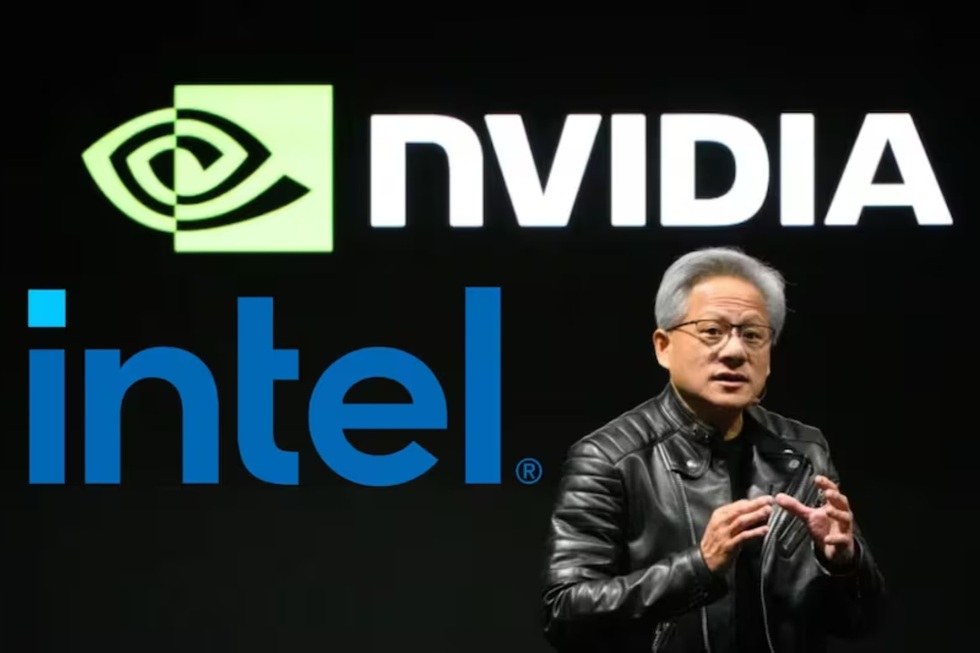
Nvidia CEO Jensen Huang's decision to cooperate with Intel was a very smart move (Photo: ST).
In a press release, Mr. Huang called it a “historic collaboration,” combining Nvidia’s AI and accelerated computing technology with Intel’s CPUs and broad x86 ecosystem.
What does Nvidia need? Nvidia dominates GPUs (dubbed AI accelerators), but every AI system needs a CPU to coordinate.
Currently, they rely on CPUs from Intel and AMD. By investing in Intel, Nvidia not only ensures a stable supply of CPUs, but can also work together to build custom data centers.
The deal is a lifeline for Intel. The most important detail is that the company will manufacture custom chips for Nvidia to use in its AI infrastructure platform. This is the biggest confirmation yet of Intel's ambitions to become a foundry.
Being trusted by the "AI king" Nvidia to manufacture is a golden seal, certifying Intel's capabilities (possibly the 18A process), sending a strong message to the entire industry.
For the PC segment, Intel will produce chips with Nvidia technology integrated. This means that future "Intel Inside" computers will likely have Nvidia's leading graphics or AI technology built in, helping Intel better compete in the new "PC AI" era.
Nvidia is essentially executing a two-pronged strategy: It is both aggressively competing with Intel (in the AI accelerator market like Gaudi) and making Intel a strategic manufacturing partner. Nvidia paid $5 billion to get a seat at the table, ensuring that the x86 giant serves its strategic goals.
What future for Intel?
In just a few months, Intel has gone from a dying state to being "resuscitated" by two powerful doses: One from the US Government and one from Nvidia's "rival strategy".
Intel is no longer a giant that stands on its own two feet. It is a new entity, a giant that walks on “two crutches” and its future depends entirely on how it uses this support.
Both the government investment (Chips Act) and Nvidia's are bets on Intel regaining its manufacturing lead. The 5-node-in-4-year (5N4Y) roadmap, and in particular the success of Intel's 18A process, are key.
If they succeed, they will not only be self-sufficient in products but also become an alternative foundry to TSMC, a strategic goal that both the US government and companies like Nvidia and Tesla (according to Investing.com) desire.
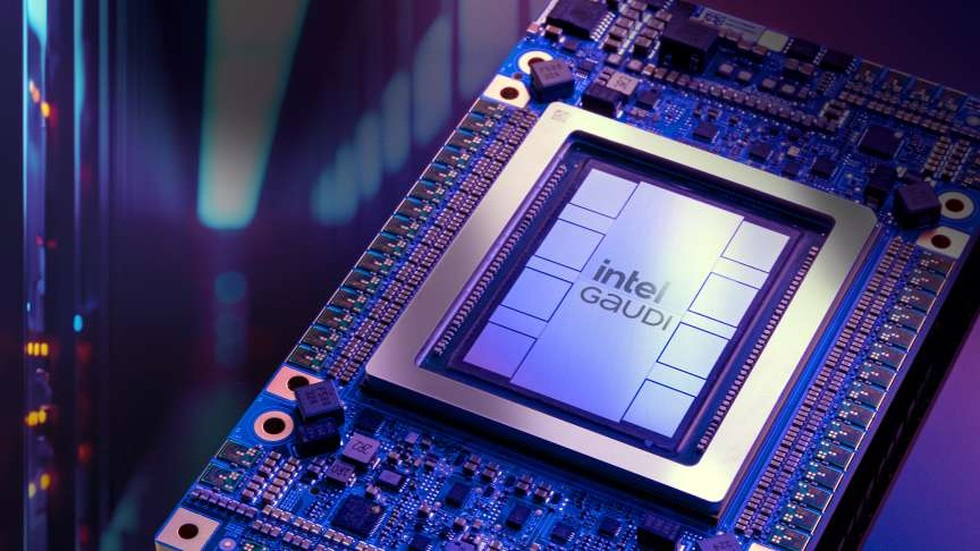
Intel's Gaudi 3 AI accelerator is said to be more powerful and energy efficient than the Nvidia H100 GPU (Photo: ST).
Ironically, even as a manufacturing partner with Nvidia, Intel still has to compete directly with them. Intel's Gaudi 3 AI accelerators (chips) are still a direct competitor to Nvidia's H100 GPU.
Intel is pursuing a strategy of "sovereign AI," open source; not locked in for countries and businesses that want to build their own AI platforms.
The biggest irony here is that Intel has to use government money and Nvidia money to build factories, some of which will be used to produce chips (Gaudi) that directly compete with Nvidia itself.
The story of Intel is a valuable lesson in the dangers of resting on one's laurels. The CPU giant basked in its glory for too long, missing the mobile and AI revolutions, and stumbling in the very area it prides itself on: manufacturing.
The solution to this crisis is a “double rescue” unprecedented in the history of technology.
Today's Intel is a complex hybrid entity: Part state-backed national champion, part competitor, and part foundry working for its own competitors.
The battle for survival may be over, but the battle for relevance and glory has only just begun. “Intel Inside” is no longer just a chip; it is a complex mix of national interests, rival strategies, and a wounded but determined ambition.
Source: https://dantri.com.vn/cong-nghe/intel-ngu-quen-tren-chien-thang-va-cu-danh-thuc-tu-ke-da-ha-be-minh-20251112012502057.htm










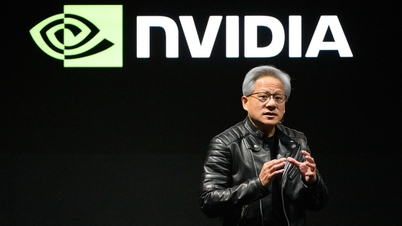



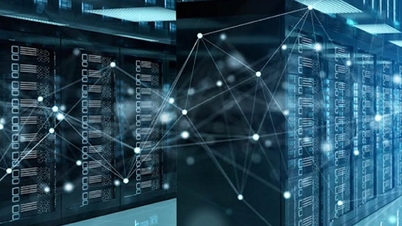




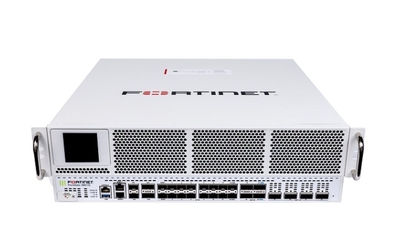









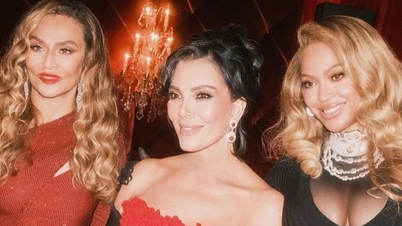


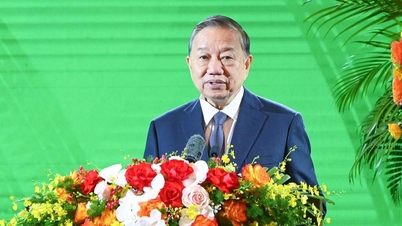
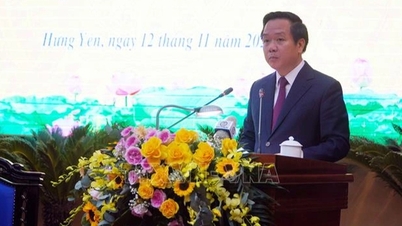








































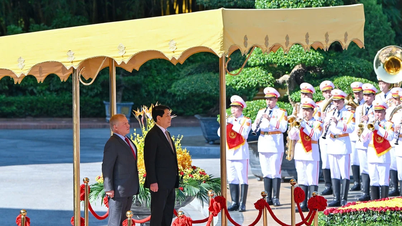










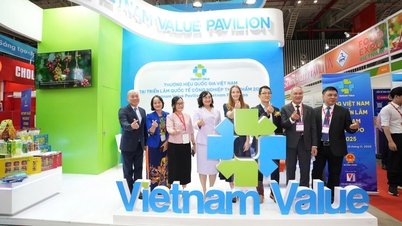


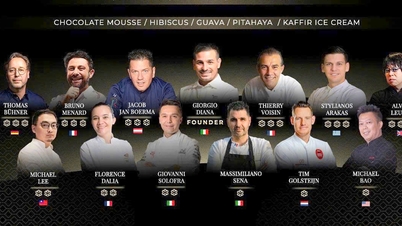





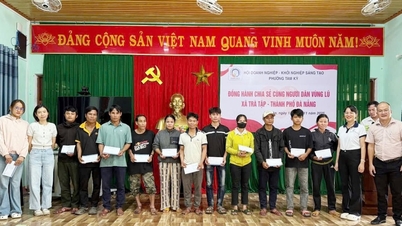










![Dong Nai OCOP transition: [Article 3] Linking tourism with OCOP product consumption](https://vphoto.vietnam.vn/thumb/402x226/vietnam/resource/IMAGE/2025/11/10/1762739199309_1324-2740-7_n-162543_981.jpeg)







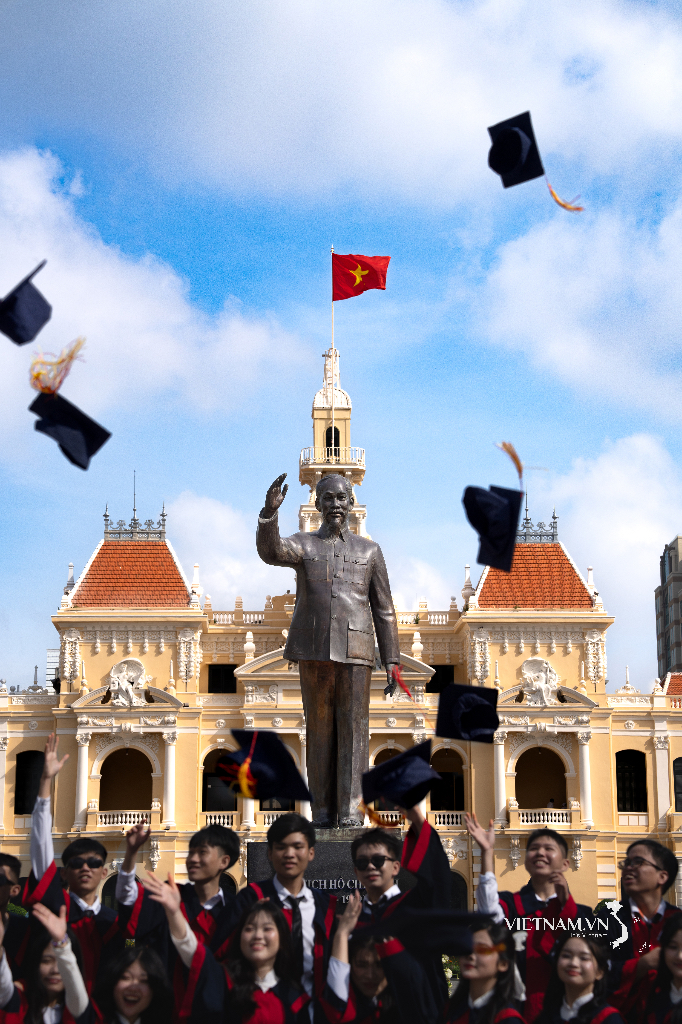
Comment (0)